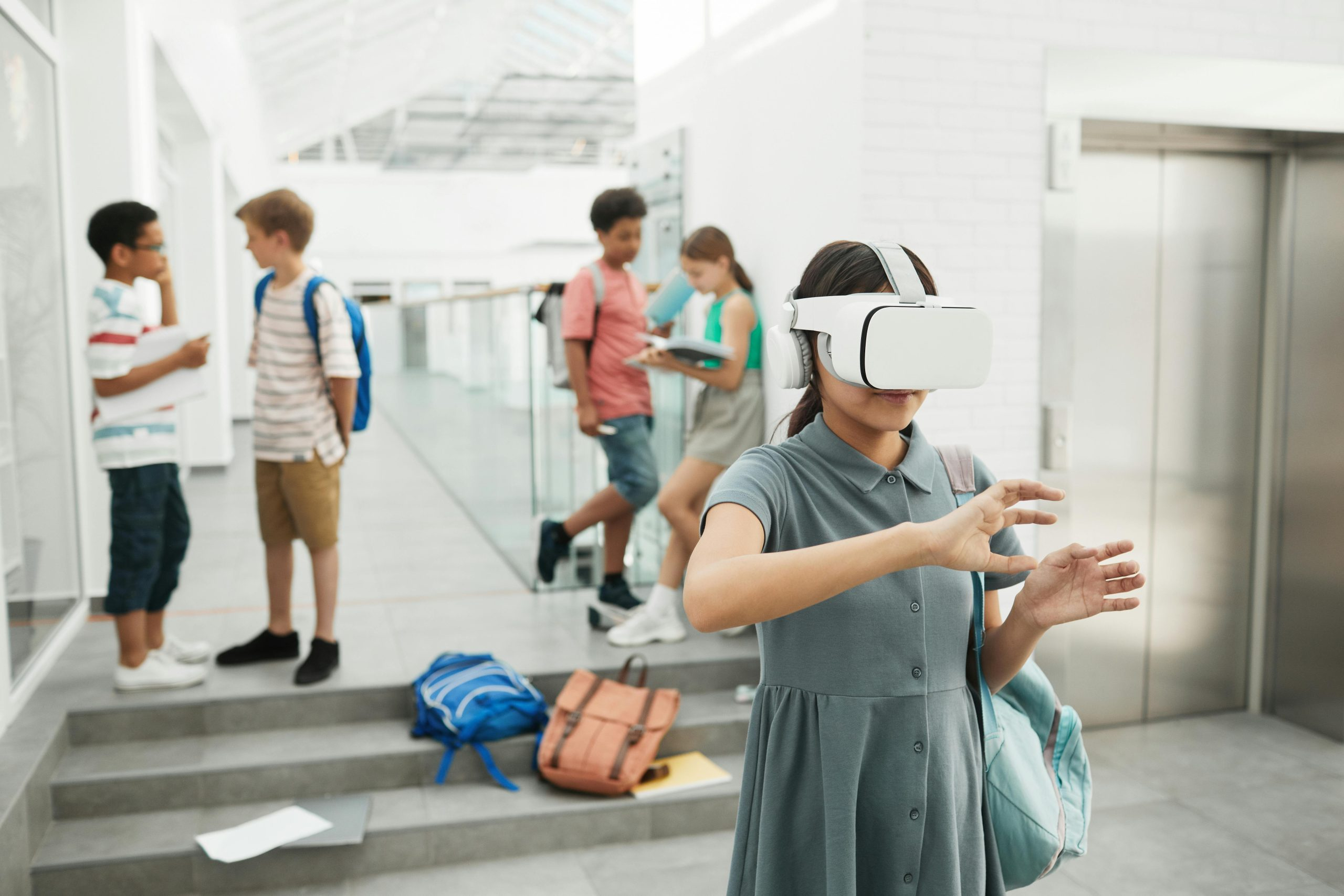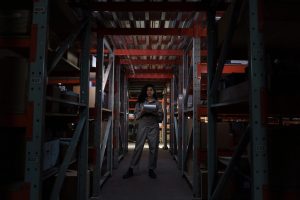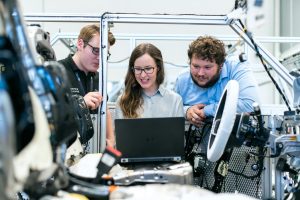Upgrading Pedagogy: Essential Techniques for Engaging Modern Students
In today’s fast-paced and tech-savvy world, traditional teaching methods are no longer as effective in engaging modern students. The younger generation is constantly connected through technology and expects their learning experience to be just as dynamic and interactive. As educators, it is our responsibility to adapt and upgrade our pedagogy to meet the evolving needs of our students. In this article, we will discuss the essential techniques for engaging modern students and how they can be incorporated into teaching to create a more meaningful and impactful learning experience.
The Importance of Upgrading Pedagogy
Before we dive into the techniques, it is crucial to understand why upgrading pedagogy is essential in today’s education system. As mentioned earlier, traditional methods of teaching are becoming less effective in engaging students. This can lead to disinterest, lack of motivation, and ultimately hinder the learning process. By incorporating modern and innovative techniques, educators can create a more stimulating learning environment, making students more receptive to learning and retaining information.
Technique 1: Active Learning
What is Active Learning?
Active learning is a teaching approach that requires students to take an active role in their learning process. It involves engaging in activities, discussions, and projects that promote critical thinking, problem-solving, and collaboration. As opposed to passive learning, where students are merely recipients of information, active learning encourages students to interact and engage with the material actively.
How to Incorporate it into Teaching
There are various ways to incorporate active learning into teaching. One effective method is through group projects and discussions. By assigning students group projects and encouraging class discussions, students are given the opportunity to learn from each other and work together to come up with solutions. This promotes teamwork and communication skills, which are essential in the professional world.
Technique 2: Blended Learning
What is Blended Learning?
Blended learning combines traditional face-to-face teaching with online learning. It provides a more flexible learning experience for students, as they can access course material and resources at their own pace. Blended learning is gaining popularity, especially in higher education, as it offers a more personalized learning experience and prepares students for the increasing use of technology in the workplace.
How to Incorporate it into Teaching
Incorporating blended learning into teaching requires a balance between online and in-person interactions. Educators can use online platforms to provide resources, assignments, and assessments, freeing up classroom time for discussions and activities. It also allows students to review material at their own pace, reinforcing their understanding of the subject.
Technique 3: Gamification
What is Gamification?
Gamification is the use of game elements in a non-game environment. It has become increasingly popular in education as it makes learning more enjoyable and engaging for students. Gamification incorporates competition, challenges, and rewards, creating a sense of achievement and motivation for students to learn.
How to Incorporate it into Teaching
Incorporating gamification into teaching can be done through various methods, such as creating an interactive quiz or using game-based learning platforms. These activities can be used as a form of assessment or to introduce new material in a fun and engaging way. It also allows for instant feedback, motivating students to improve their performance.
Technique 4: Multimedia Learning
What is Multimedia Learning?
Multimedia learning involves using a combination of different mediums, such as videos, images, and audio, to deliver information. It caters to different learning styles and makes the learning experience more engaging and interactive for students.
How to Incorporate it into Teaching
Educators can incorporate multimedia learning into teaching by using various tools such as videos, slideshows, and podcasts to deliver information. This not only makes the learning experience more interactive but also helps break down complex information into more digestible chunks, making it easier for students to understand and retain.
Conclusion
Incorporating these techniques into teaching not only makes the learning experience more engaging and meaningful but also prepares students for the real world. As we continue to see advancements in technology and changes in the job market, it is crucial for educators to continuously upgrade their pedagogy to meet the evolving needs of modern students. By incorporating these techniques, we can create a more effective and impactful learning environment that promotes critical thinking, collaboration, and lifelong learning.











